Mercury Photos from NASA's Messenger Probe - Part 2 (April 2011 through 2012)
Revisiting Boccaccio
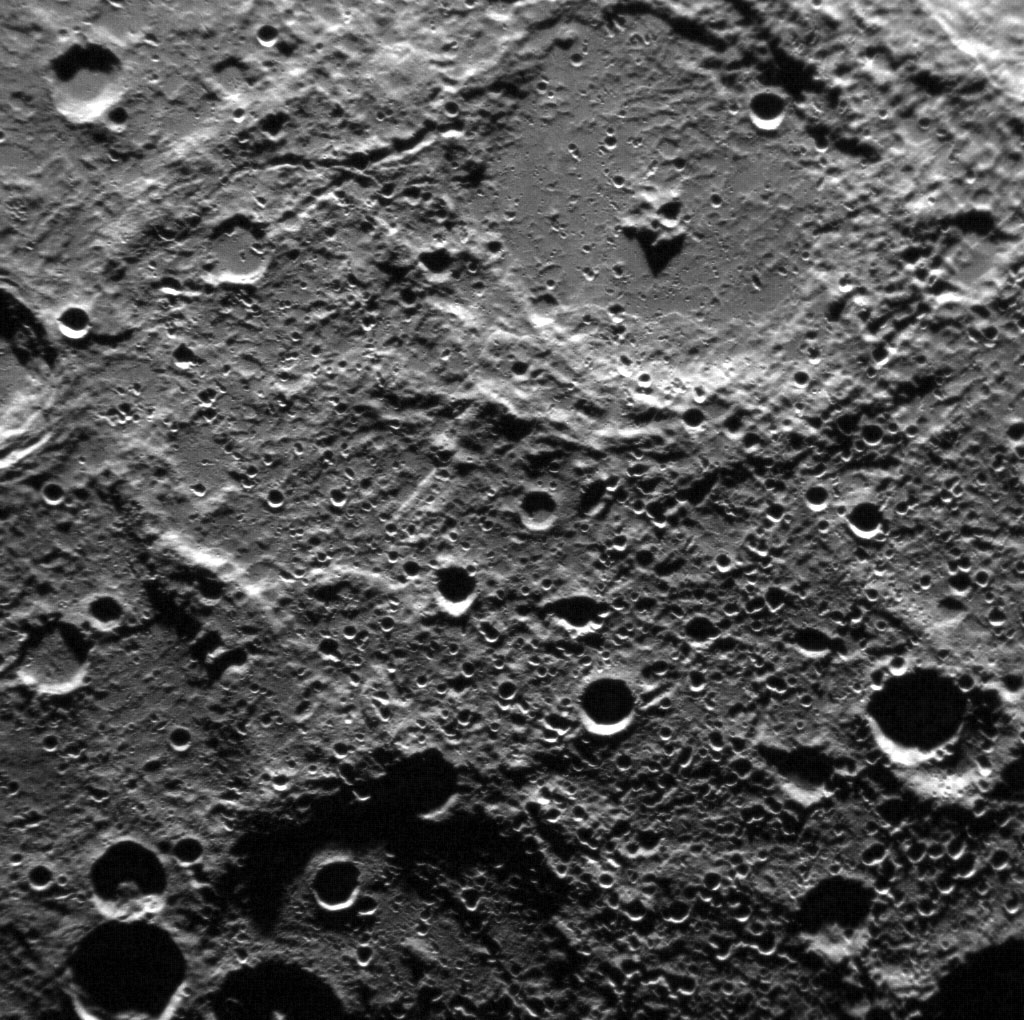
NASA's Messenger spacecraft snapped this photo of Mercury's crater Boccaccio, named for 14th century Italian poet and novelist Giovanni Boccaccio, on March 30, 2011 during its early days orbiting the planet. The crater has a diameter of 88 miles (142 km) and was first photographed by NASA's Mariner 10 probe in 1974. Here, Messenger sees the Boccaccio crater under different lighting conditions, revealing its prominent central peak.
Bek's Close Up
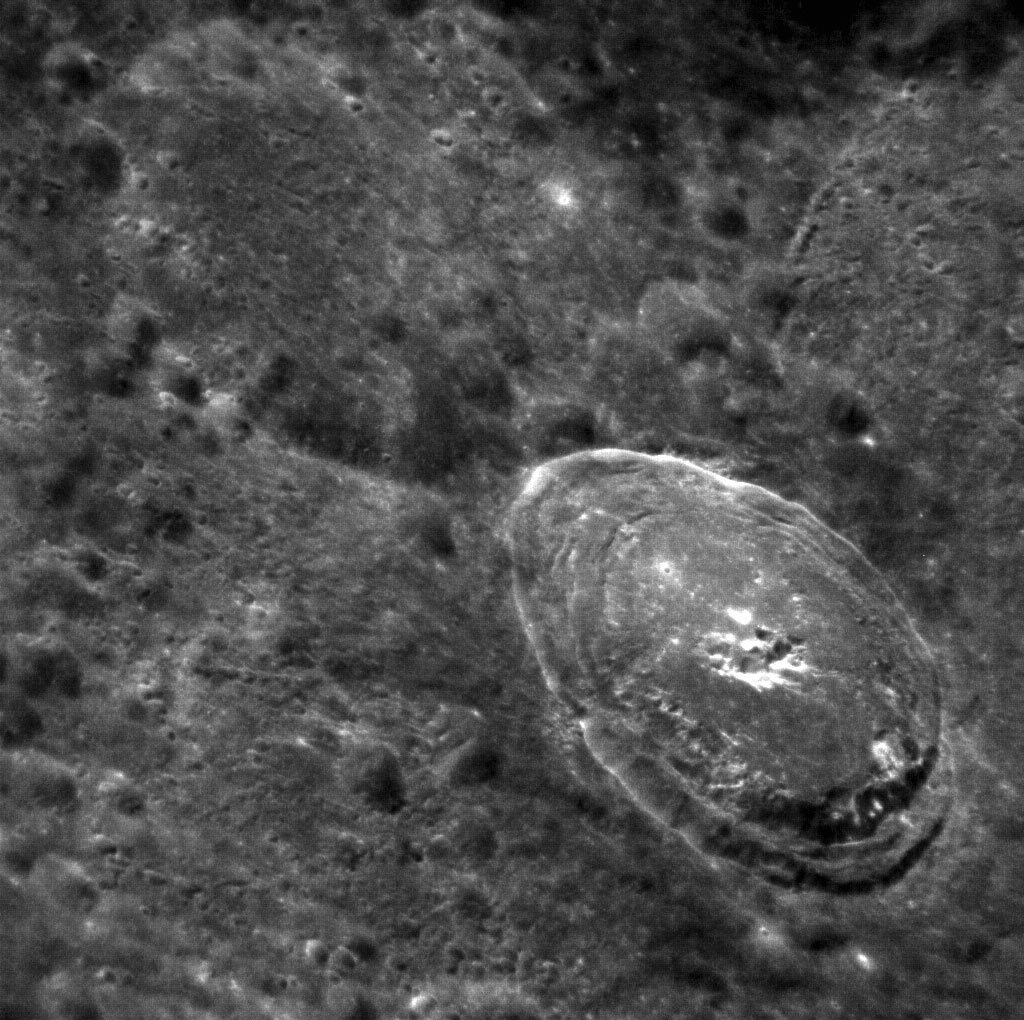
This oblique image, taken on April, 7, 2011, of Bek (32 km in diameter) is a higher-resolution NAC complement to yesterday's WAC image. The sharp crater rim is in contrast to its subdued surroundings, where crater ejecta scoured the surface and left behind many secondary craters.
Don't Get Weird On Me, Babe
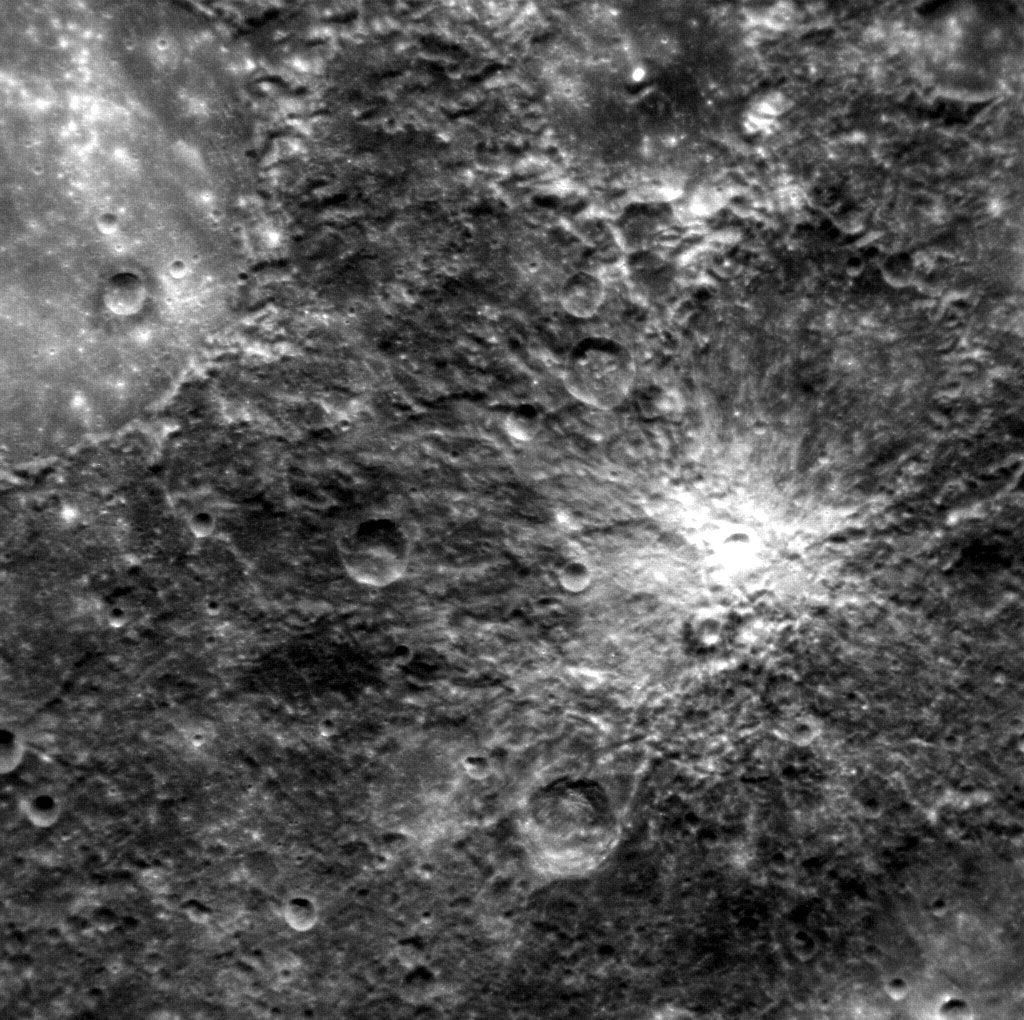
The large, smooth area in the upper left is the floor of the crater Petrarch, as seen on April 5, 2011. The more rugged terrain around Petrarch has an unusual "hilly and lineated" texture that Mariner 10 team members called "weird terrain" upon seeing it for the first time. This area may have been modified by converging seismic waves and/or ejecta from the formation of the Caloris basin, which is located on the opposite side of the planet. In April 2011, MESSENGER viewed this area under differing lighting conditions than those seen during MESSENGER's second flyby and Mariner 10's first pass.
Mercury's Horizon
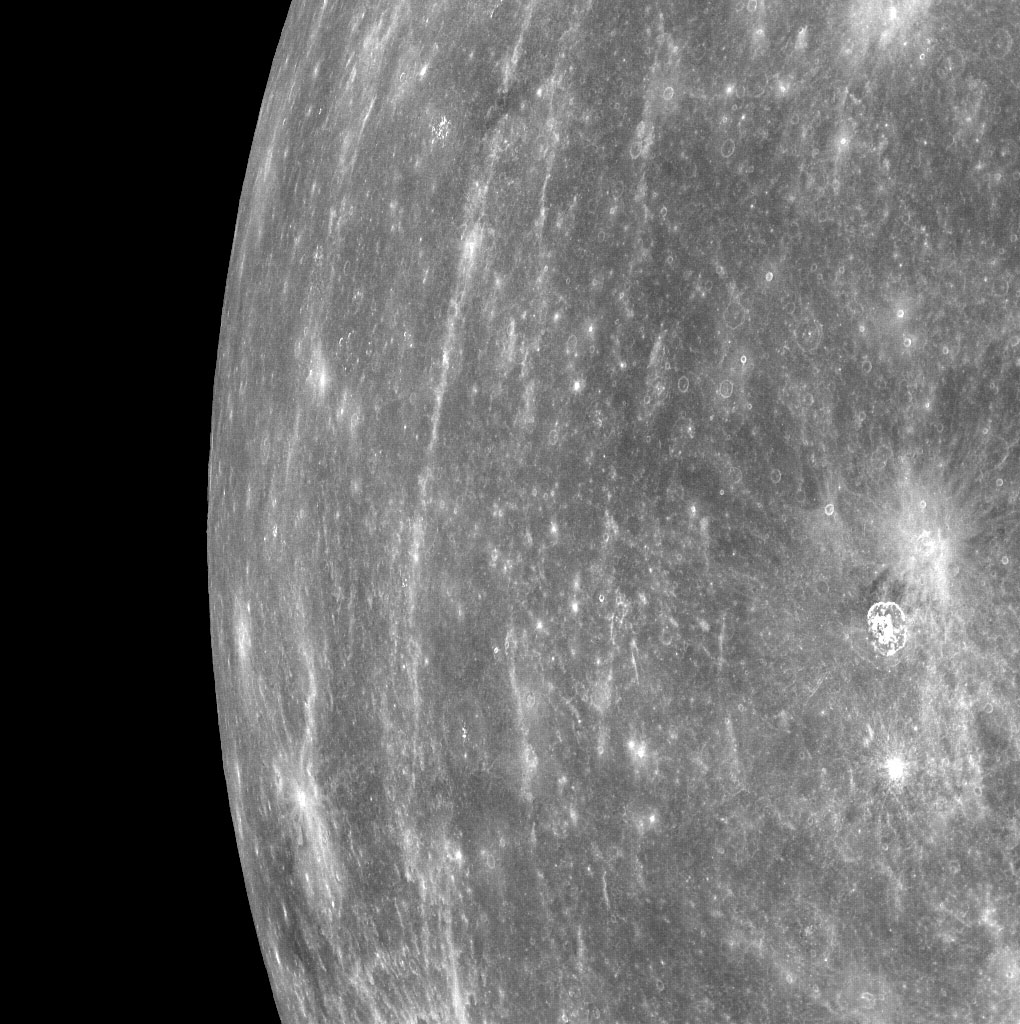
NASA's Messenger spacecraft acquired this image of Mercury's horizon as the spacecraft was moving northward along the first orbit during which MDIS camera instrument was activated, which occurred on March 29, 2011. Bright rays from Hokusai can be seen running north to south in the image. The right side of this image is about 750 miles (1,200 kilometers) in extent.
Is Mercury the Incredible Shrinking Planet? MESSENGER Spacecraft May Find Out
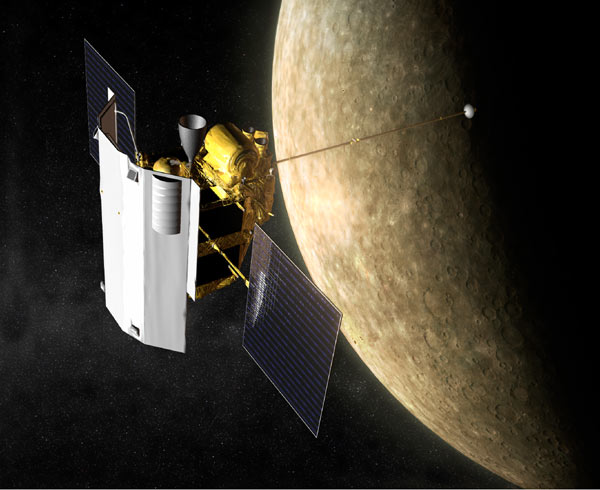
Artist's impression of the MErcury Surface, Space ENvironment, GEochemistry, and Ranging (MESSENGER) spacecraft in orbit at Mercury.
Smooth Never-Before-Seen Plains of Mercury
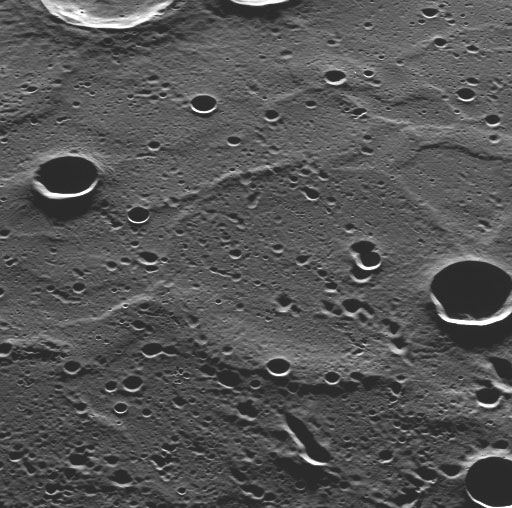
This photo of Mercury from orbit from NASA's Messenger spacecraft reveals never-before-seen terrain as it appeared on March 29, 2011. The newly imaged surface is located in Mercury's north polar region, to the north of the bright, rayed crater Hokusai. Looking from the bottom of the image toward the top is looking southward. The bottom of the image is about 60 miles (100 km) across.
Fresh Crater on Mercury

NASA's Messenger spacecraft spots an apparently fresh crater on Mercury during its early orbits on March 29, 2011. The crater (near image bottom) is about 4 miles (6.4 km) wide and is a beautiful example of a relatively small, simple, fresh impact feature on Mercury. It illustrates the textbook characteristics of a crater in its size range. The crater is nearly bowl-shaped, with just a small flat area in the center of its floor.
Get the Space.com Newsletter
Breaking space news, the latest updates on rocket launches, skywatching events and more!
Mercury: A Narrow Angle View
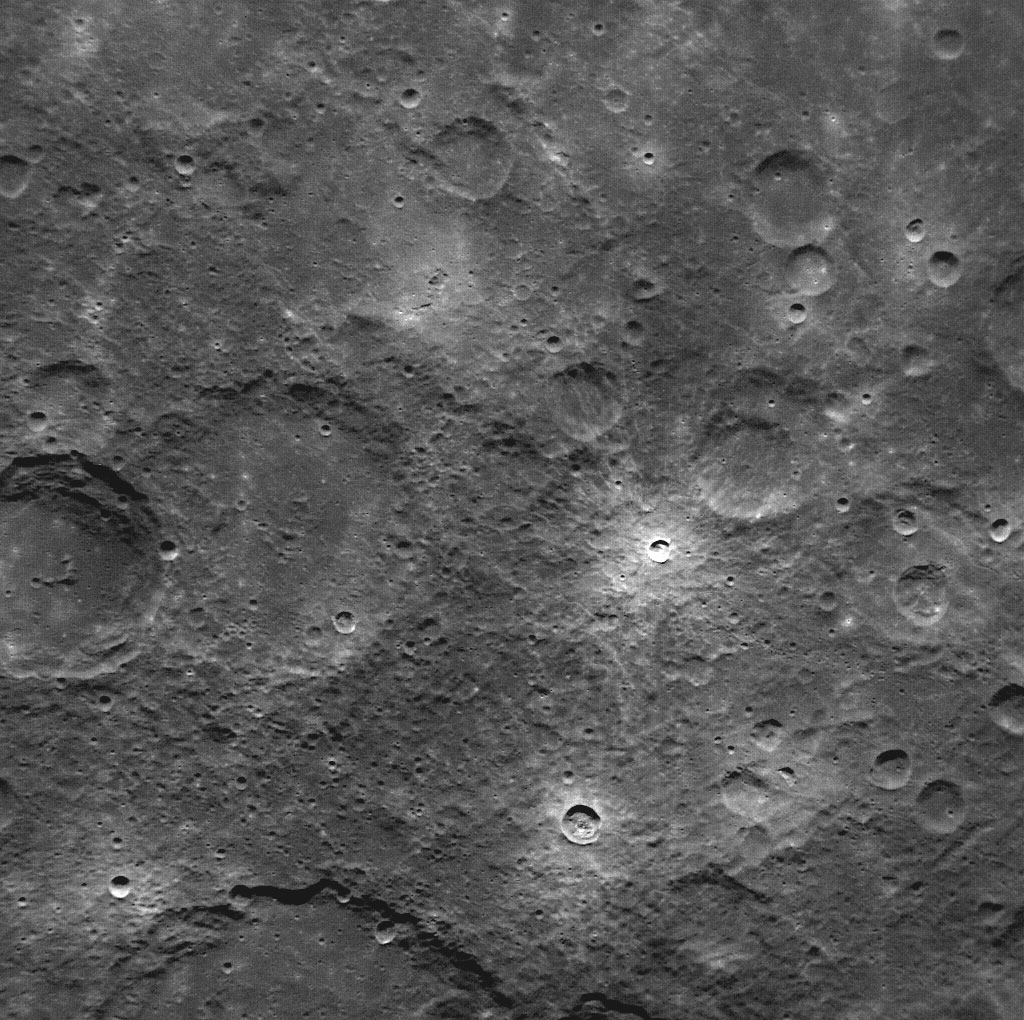
This photo is the first of Mercury from orbit as seen by the Narrow Angle Camera on NASA's Messenger spacecraft. The photo was taken on March 29, 2011 and shows a region of Mercury about 240 miles (390 km) across. Messenger is only the second spacecraft to visit Mercury and the first to orbit the planet.
Spectral Variations on Mercury
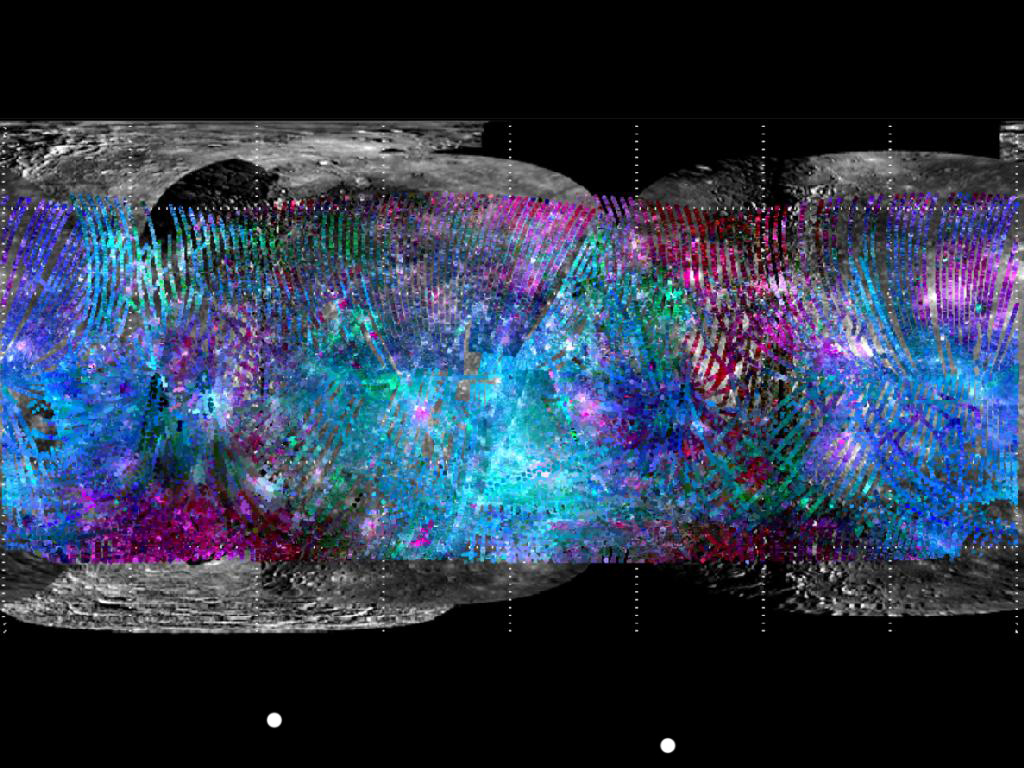
The Mercury Atmospheric and Surface Composition Spectrometer (MASCS) collects spectra at ultraviolet to near-infrared wavelengths. Seen here are individual MASCS observations from the first Mercury solar day in orbit mapped over a mosaic of images obtained with MESSENGER’s Mercury Dual Imaging System (MDIS).
First Color Photo of Mercury from Orbit
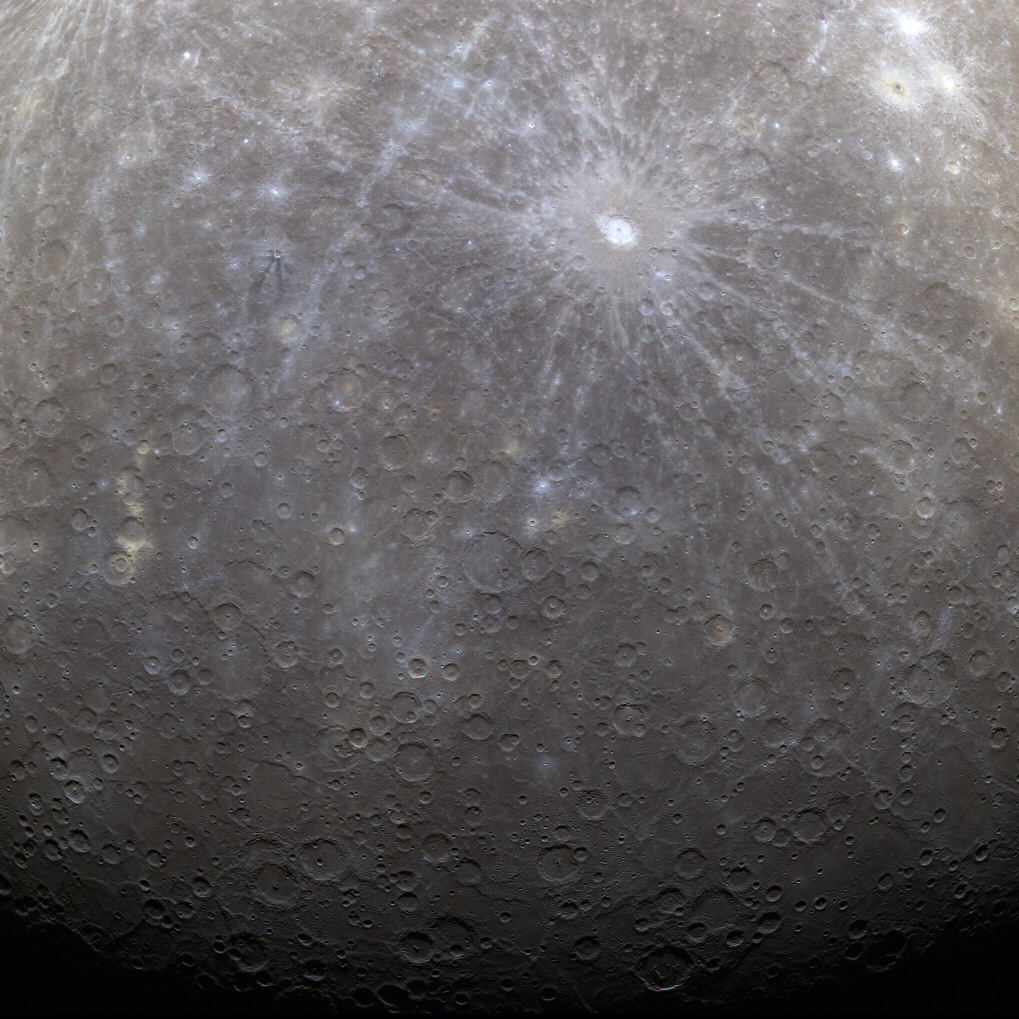
On March 29, 2011, NASA's Messenger spacecraft became the first probe ever to orbit Mercury. This image is the first color photo Mercury, showing the planet's southern polar region, acquired by Messenger from its new orbit. The Messenger probe arrived in orbit around Mercury on March 17 after three previous flybys of the planet.
Join our Space Forums to keep talking space on the latest missions, night sky and more! And if you have a news tip, correction or comment, let us know at: community@space.com.

Space.com is the premier source of space exploration, innovation and astronomy news, chronicling (and celebrating) humanity's ongoing expansion across the final frontier. Originally founded in 1999, Space.com is, and always has been, the passion of writers and editors who are space fans and also trained journalists. Our current news team consists of Editor-in-Chief Tariq Malik; Editor Hanneke Weitering, Senior Space Writer Mike Wall; Senior Writer Meghan Bartels; Senior Writer Chelsea Gohd, Senior Writer Tereza Pultarova and Staff Writer Alexander Cox, focusing on e-commerce. Senior Producer Steve Spaleta oversees our space videos, with Diana Whitcroft as our Social Media Editor.









